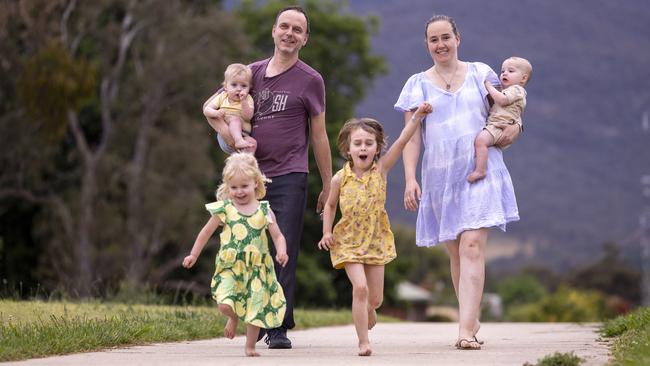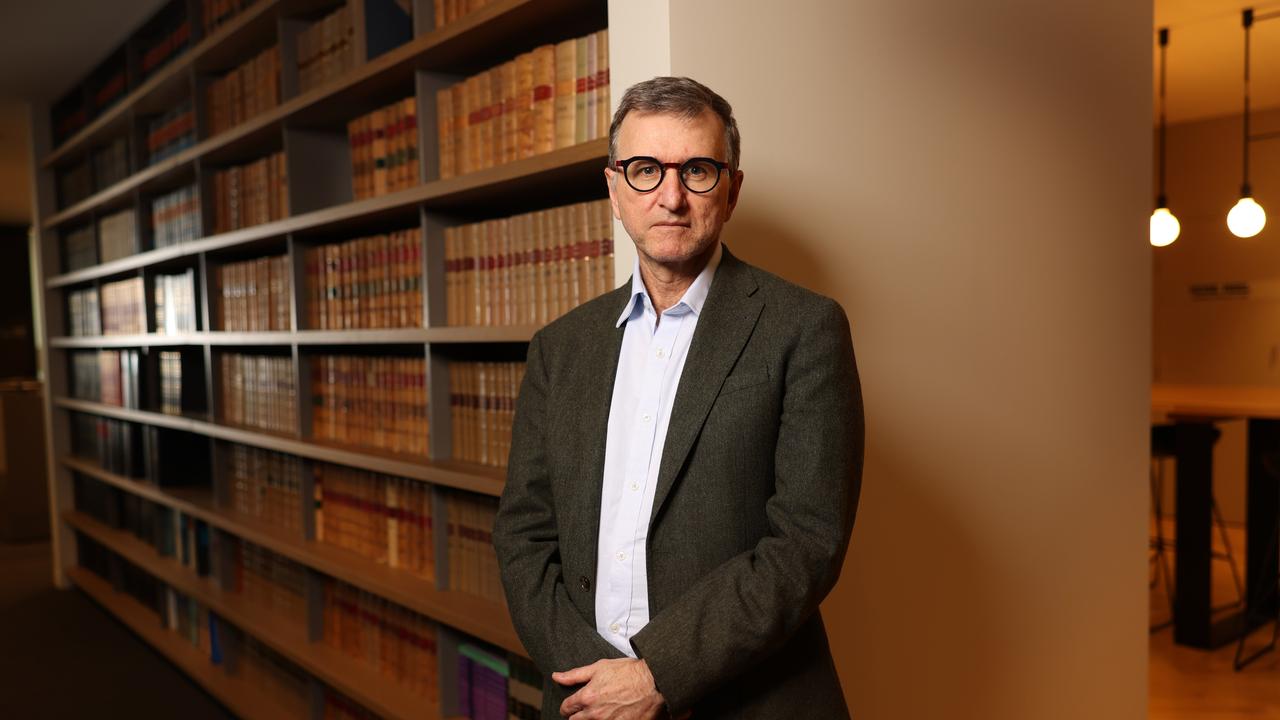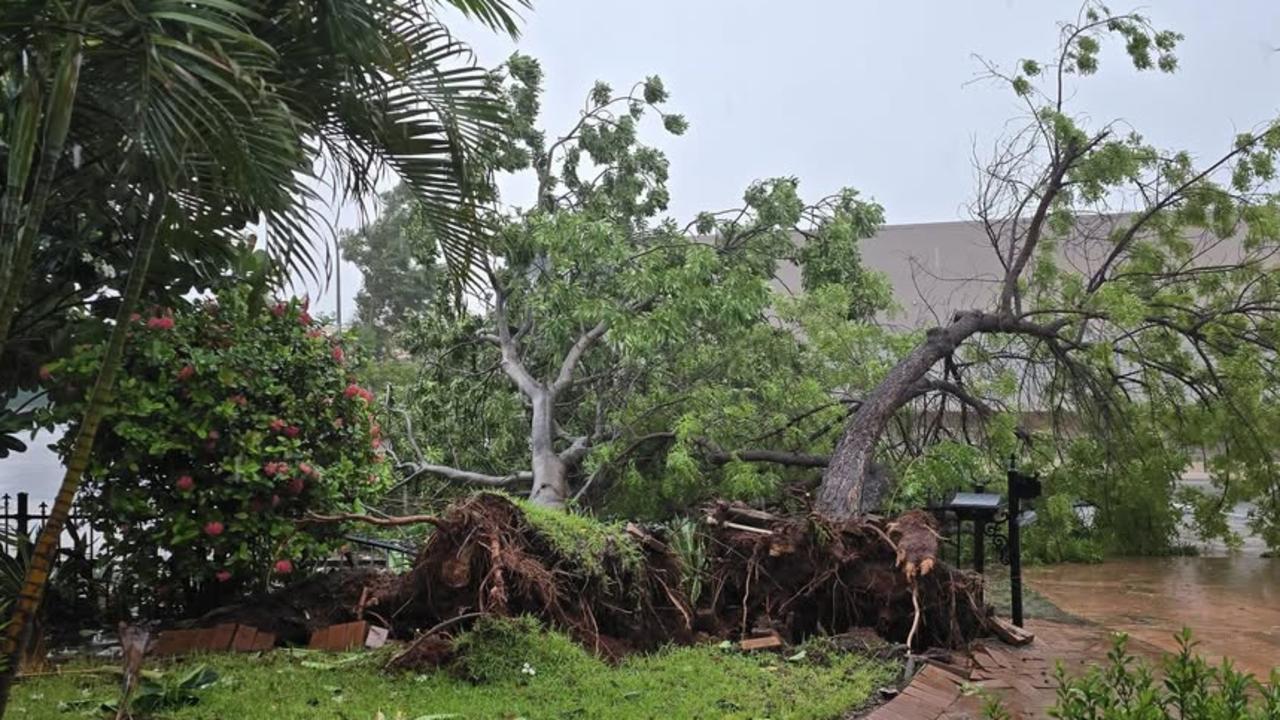Happy to leave the big city behind
Sara Knight and Trent Furnari wanted their kids to grow up like they did, in a town where kids can ride their bikes, know their neighbours and walk to school themselves. New research shows that there are seven million Aussies just like them.

Leaving Melbourne behind for an idyllic life in a small town outside of Wodonga in regional Victoria is a decision Sara Knight and Trent Furnari have no regrets about.
The switch predated the pandemic-inspired rush to Australia’s regions and was based on the simple want to raise a family in a home with a backyard without the commitment of a two-hour work commute each day.
“It was 2018 and we were living in this tiny two-bedroom unit in Box Hill, no backyard, nothing like that and we watched a three-bedroom unit next door sell at auction for $800,000,” Ms Knight said.
“We both were like, we need to move to the country.”
The family is part of a growing group of Australians who are trading capital cities for what is on offer in the attractive “near-regions”.
Analysis by The Demographics Group co-founder Bernard Salt has revealed a demographic wall that shows just how far Australians are willing to move to take advantage of lifestyle while also making a living in the regions.

This single amorphous lifestyle region spans rural and urban areas found through analysis of population flows over the past decade stretches from Rockhampton in central Queensland and along the each side of the Great Dividing Range, capturing the NSW cities of Dubbo and Wagga. It continues through Victoria, along the coast and the Riverland of South Australia, across the southern tip of the Eyre Peninsula, and includes the southwest tip of Western Australia.
Mr Salt estimates seven million people live within this wall, which he has likened to the Goyder line, and that it has grown at an average rate of 1.4 per cent each year. He believes simply splitting the country into capital cities and regions is over-simplistic for a modern Australia.
“Here is a closely-settled strip that has never been regarded as a single region previously and yet each of its components, I would argue, have more in common with each other than with their respective capital cities,” Mr Salt said.
“I think at the very least deserves the sovereignty and the respect of a distinctive name. I like ‘the near regions’.
“It’s time to embrace all parts of the Australian continent.”
Mr Furnari worked at Harvey Norman in Melbourne and was able to get a transfer to the local store, while Ms Knight found work as an admin assistant at a local real-estate agency.
They have set down roots in the small town of Tangambalanga, where they have built a house and are raising their four kids: Elva, 5, Annabelle, 3, and 11-month-old twins Sebastian and Patrick.
“I grew up in a really small town,” Ms Knight said.
“The kind of town where kids can ride their bikes and walk to the park by themselves and know their neighbours and make friends and walk to school. We knew that this was the kind of place we would want to raise them.”
Buyers advocate Melinda Jennison said she believed the trend would continue for some time in areas where housing affordability remains attractive and lifestyle attributes are good.
“We’ve all become a little bit more attuned to a lifestyle: we like our coffee, our arts, and the community feel,” said Ms Jennison, president of Real Estate Buyers Agents Association of Australia.
“More and more, some of the regional centres are actually providing a similar lifestyle, but on a much smaller scale.”
But Ms Knight worries that others who hope to make the same switch won’t be as fortunate.
Property prices in regional Australia have broadly risen by 58.4 per cent since the onset of the pandemic in March 2020, outpacing growth in the combined capital cities (up 41 per cent).






